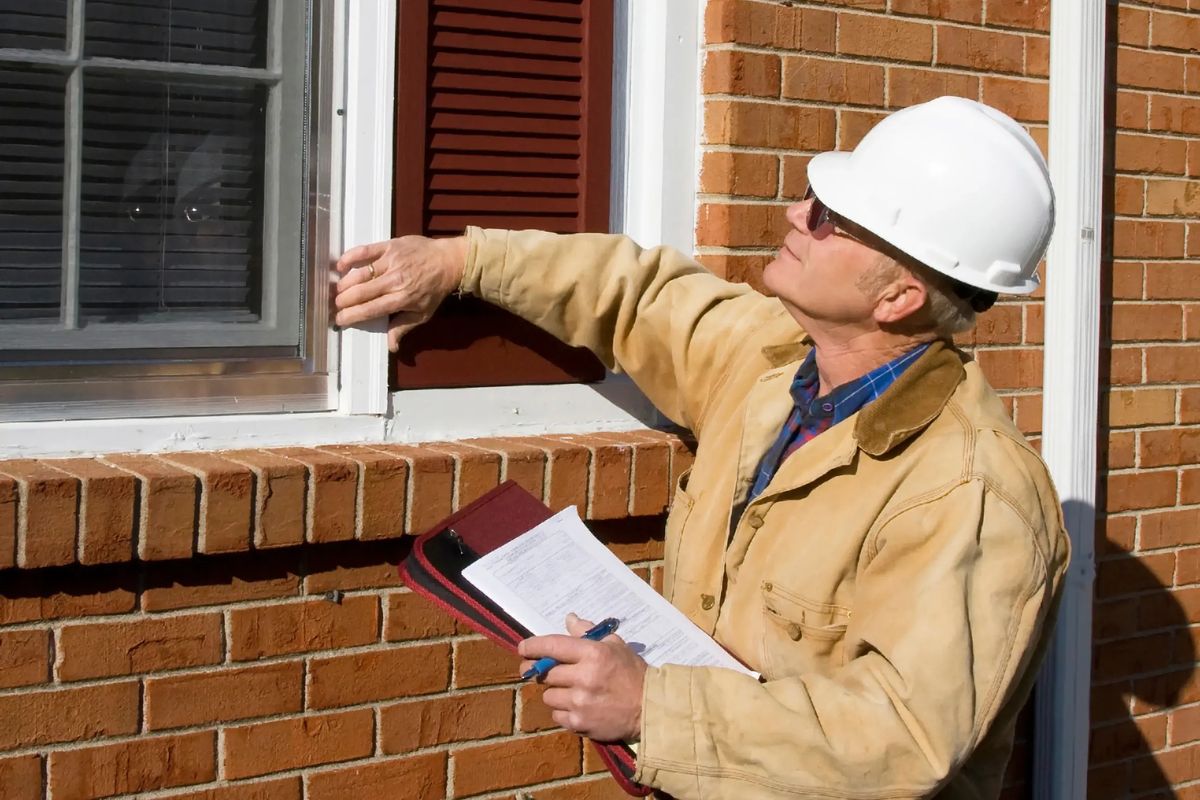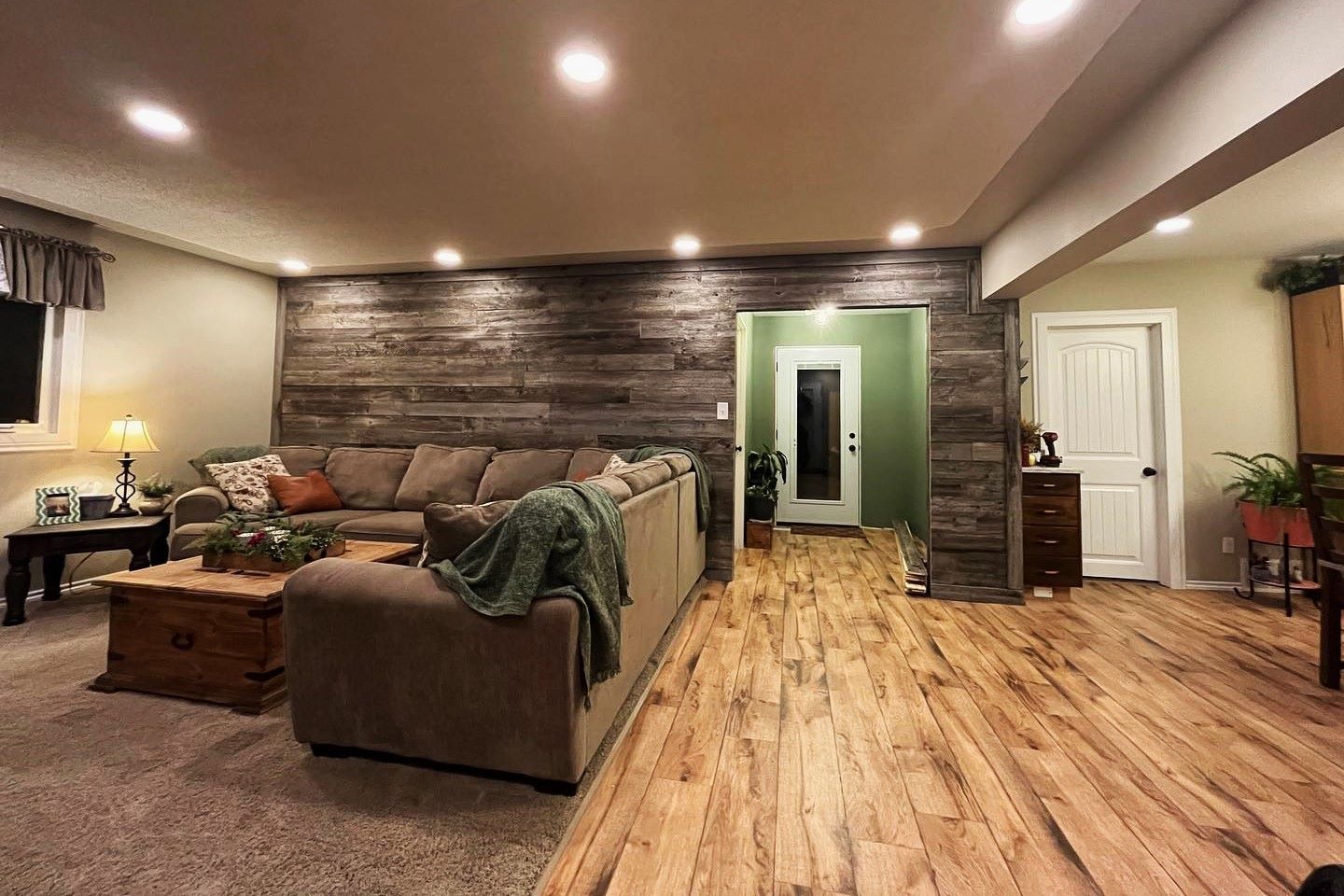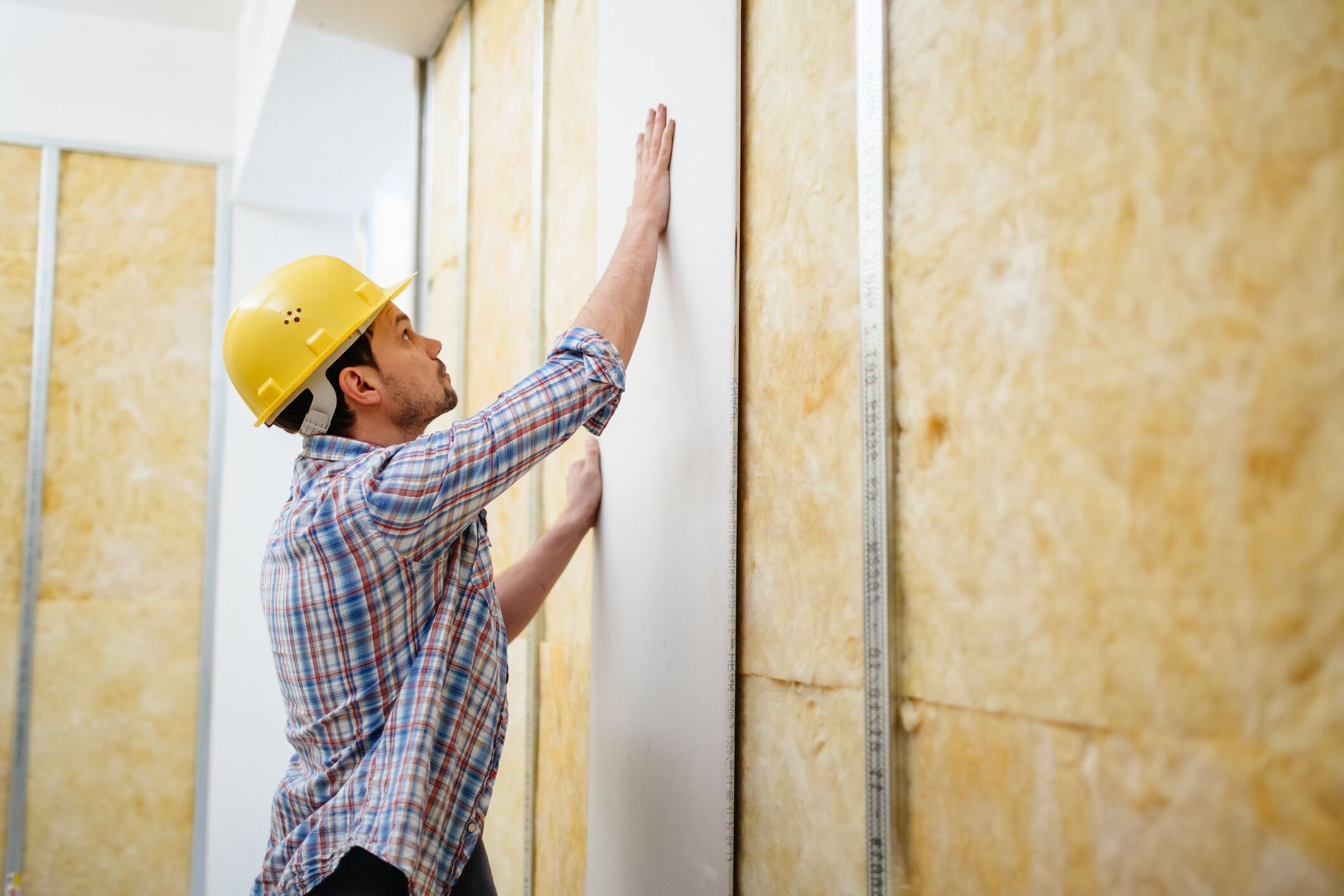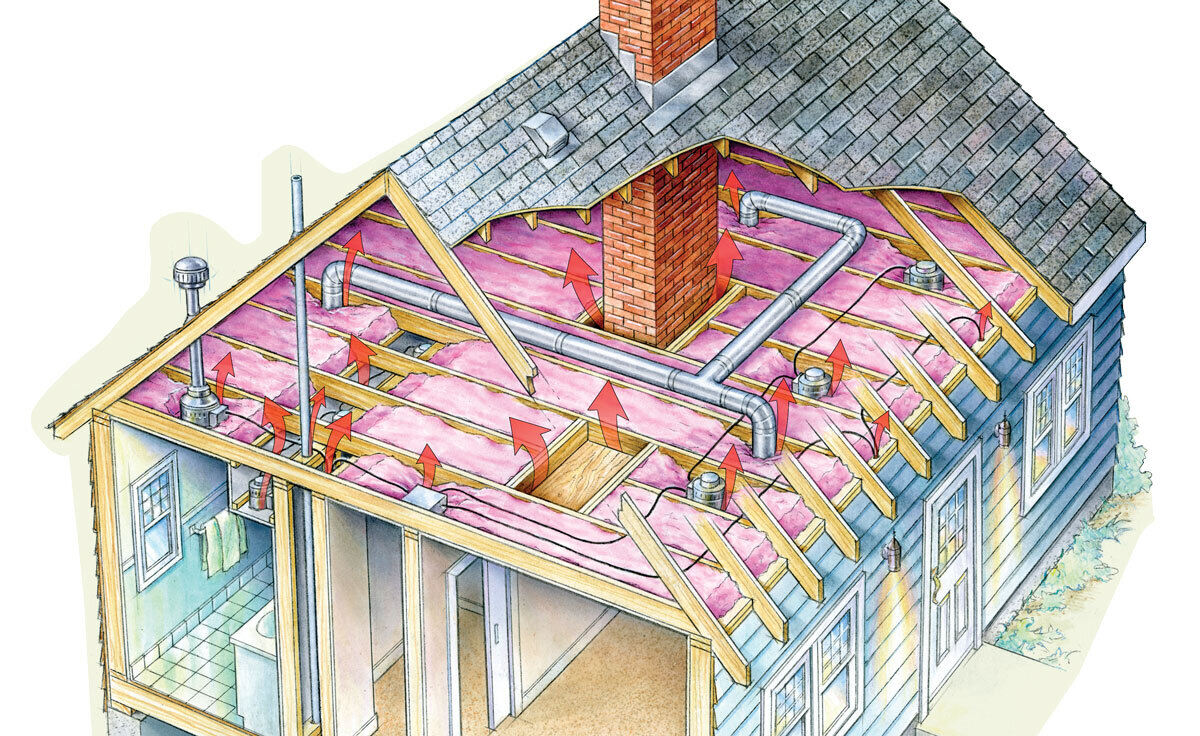Home>Ideas and Tips>The Secret Language Of Building Codes


Ideas and Tips
The Secret Language Of Building Codes
Published: October 19, 2024
Discover the hidden language of building codes, ensuring safety, resilience, and sustainability in construction. Learn how they shape our built environment.
(Many of the links in this article redirect to a specific reviewed product. Your purchase of these products through affiliate links helps to generate commission for Storables.com, at no extra cost. Learn more)
Imagine gazing upon a majestic skyscraper or nestling into the comfort of your own home and wondering what ensures these structures remain standing, bastions of safety in our daily lives. The answer isn't magic or superhuman strength; it's the hidden language of building codes. These intricate regulations act as silent guardians, dictating everything from the foundation's solidity to the placement of fire escapes. In this article, we will delve into the world of building codes, exploring their significance, how they are interpreted, and the evolving landscape of safety and sustainability in construction.
Building codes are often referred to as a "secret code" because they contain a unique vocabulary that translates into a safe and secure environment. Let's break down some of the key components that make up this language.
The Unyielding Foundation
Building codes act like meticulous engineers, whispering the secrets of a strong foundation. They dictate the materials, depth, and design, ensuring the structure can withstand its own weight and potential environmental threats like earthquakes or howling winds. No shaky ground here; the foundation is the backbone of any building, and building codes ensure it is robust enough to support the entire structure.
Walls that Speak Resilience
Forget about aesthetics for a moment. Building codes define the materials and thickness of walls, ensuring they’re not just pretty facades but silent warriors. They can support the building’s weight and resist potential fire or wind damage, acting as the bodyguards of the structure. The choice of materials is crucial; building codes specify which materials are fire-resistant and durable enough to withstand various environmental conditions.
The Breath of Life Within
Building codes go beyond the physical structure. They regulate ventilation systems, ensuring a healthy symphony of air circulation. This prevents the buildup of harmful pollutants, promoting a healthy and productive atmosphere for everyone who inhabits the space. Proper ventilation is essential for maintaining indoor air quality, which directly impacts occupant health and comfort.
Fire: No Room for Panic
Fire safety is the clarion call of building codes. They dictate the use of fire-resistant materials, the strategic placement of fire alarms and sprinklers, and the clear, well-marked escape routes. These are the lifelines that guide occupants to safety in the face of emergencies. Fire safety regulations are designed to minimize risks and ensure that buildings can be evacuated quickly and safely in case of a fire.
Building for All
Building codes champion inclusivity. They translate into features like ramps, wider doorways, and accessible restrooms, ensuring everyone can navigate buildings with ease and dignity. It’s about creating a built environment that works for everyone, a testament to equality. Inclusive design is not just about compliance; it’s about creating spaces that are usable by all members of society.
While safety is the primary concern of building codes, these regulations offer a range of advantages that extend far beyond keeping us safe from falling debris.
Quality You Can Trust
Think of building codes as a quality assurance seal. Compliance ensures buildings are constructed using proper materials and methods, leading to more durable and reliable structures. These are buildings built to last, not shortcuts that crumble under pressure. The use of high-quality materials and construction techniques reduces the risk of structural failures and ensures that buildings remain safe over time.
A Fair Playing Field
Building codes establish consistent standards across the construction industry. This ensures fair competition and prevents builders from compromising on safety features to undercut competitors. Everyone plays by the same rules, leading to a safer built environment for all. Consistent standards also help in maintaining public trust in the construction industry by ensuring that all buildings meet minimum safety requirements.
Building a Sustainable Future
Building codes are constantly evolving to address emerging challenges. For instance, incorporating energy-efficient measures helps create sustainable buildings and reduce our environmental footprint. It’s about building for the future, not just the present. Sustainable practices in construction not only benefit the environment but also reduce operational costs for building owners and occupants.
The world of construction is a constant innovation hub, and building codes are no exception. Here’s a peek at what the exciting future might hold:
Tech Meets Safety
Imagine buildings that can self-diagnose potential structural issues or automatically adjust ventilation based on occupancy. The integration of technology with building codes could lead to even more intelligent and responsive structures. Think buildings that can talk back and constantly monitor their own health. This integration of technology promises to enhance safety and efficiency in building design and operation.
Sustainability Takes Center Stage
Building codes are likely to place a stronger emphasis on sustainable building practices. This could involve mandating the use of recycled materials, promoting on-site renewable energy generation, and incorporating smart design features that minimize energy consumption. Building green becomes the norm, not the exception. As concerns about climate change grow, sustainable building practices will become increasingly important in shaping future building codes.
Deciphering building code books is no easy task. These regulatory tomes are dense and stuffed with complex technical language. To further complicate matters, code books are updated and amended frequently. However, with some insight into how code books are written and organized, readers can effectively navigate them and find the guidance they need to accurately determine and apply the applicable building code requirements to their project.
Understanding the Unique Language
Understanding the unique language found in code books is essential to being able to interpret and apply the building code correctly. There are some basic grammatical conventions that tend to appear in almost all regulatory guides. These items include:
- Semantics: Code books contain seemingly familiar words. However, many have special definitions within the context of building codes. Regulatory bodies have determined that dictionary-driven explanations associated with these terms are too broad. For example, the word "shall," which Merriam-Webster Dictionary says is "used to express what is inevitable or seems likely to happen in the future," should be interpreted as a stand-in for "mandatory" in code books.
- Conjunctions: Common conjunctions like "and" and "or" also take on new meanings when used in code books. "And" is normally used with two code requirements, meaning both apply. "Or" is typically deployed in the same way but means that just one of the listed code requirements applies.
- Citations: Code books feature various citation types such as prescriptive, implied, interpretive, contradictory, and sometimes inaccurate. Readers must be able to identify the type of citation they are reading and use contextual frameworks to unpack actionable insights.
Steps in Code Analysis
Although knowing code books' idiosyncratic language makes understanding them easier, grasping the text constitutes just half the equation. On top of interpreting the words on the page, readers need to know how to contextualize the copy against related regulations. This involves:
- Following Code Book Pathways: This entails cross-referencing specific items across multiple chapters to ensure code accuracy. For instance, a reader looking to understand fire protection requirements for an atrium might need to reference text within sections on interior finishes and means of egress.
- Deconstructing Provisional Hierarchies: Most regulations contained within code books feature general and specific provisions. The former usually set general standards while the latter tackle distinct contexts in which the former might be applied. This setup can lead to contradictions or instances of overruling.
The Importance of Interpreting Code Books Properly
The importance of effective code book interpretation cannot be overstated. Knowing how to properly read and navigate code books will enable you to design to code-compliance and therefore avoid costly project slowdowns or noncompliance penalties. Proper interpretation ensures that all aspects of building design are considered, from structural integrity to fire safety and accessibility.
Building codes are not just static regulations; they are dynamic and subject to continuous revision based on emerging challenges and technological advancements. The recent history of US building codes is a tale of efforts at reform meeting stiff resistance from builders and natural gas companies.
Who Develops Building Codes?
In the United States, there is no national building code. The federal government does not provide one; instead, it has certain powers that help dictate how these are adopted. Over many years, different organizations set different codes until they consolidated under primarily one organization called the International Code Council (ICC) in the 1990s. The ICC developed a single national model, the International Building Code (IBC), which has been revised every three years since its first publication in 2000.
Legal Force and Implementation
Building codes have legal force but are implemented at the state and local levels. Most states, counties, and cities adopted the IBC with modifications. The National Fire Protection Association (NFPA) also produces its own model code, which influences local regulations. The legal force behind building codes ensures that they are enforceable and that compliance is mandatory for all construction projects.
Building codes have undergone significant changes over the past five decades. In the mid-1970s, architecture students were required to buy a copy of the BOCA Basic Building Code. This code was one of three model building codes published by different organizations until they consolidated under the ICC in 1994. The IBC replaced these legacy codes and has been revised regularly to address emerging challenges.
Learning from Tragedies
Code changes often result from learning from tragedies and catastrophic building failures. For example, most serious high-rise fires have occurred in buildings that either weren’t sprinklered or had inadequate fire safety measures. As a result, the IBC now requires all high-rise buildings to be sprinklered. Similarly, guard heights were increased because people were accidentally falling over lower guards, and risers were shortened because people were stumbling on higher ones.
Constant Evolution
Building codes are constantly evolving to keep up with changing technology and societal needs. Even slightly more stringent requirements can affect sizes of stairs and building floor-to-floor heights, resulting in costlier buildings without making them safer. However, these changes are necessary to balance life safety with building cost.
Building codes are the cornerstone of a safe, sustainable, and inclusive built environment. By understanding their importance and embracing their evolution, we can ensure that the buildings of tomorrow are not just functional spaces but testaments to safety, resilience, and environmental responsibility. Next time you step into a building, take a moment to appreciate the silent language of building codes at work—the unsung heroes who ensure our world remains a safe and thriving space.
Building codes are more than just regulatory guidelines; they are a vital part of ensuring public safety and promoting sustainable development. As we move forward into an era of increasing technological advancements and environmental concerns, it is crucial that we continue to evolve and refine these codes to meet emerging challenges. By doing so, we can create a built environment that is not only safe but also sustainable for generations to come.
Was this page helpful?
At Storables.com, we guarantee accurate and reliable information. Our content, validated by Expert Board Contributors, is crafted following stringent Editorial Policies. We're committed to providing you with well-researched, expert-backed insights for all your informational needs.

















0 thoughts on “The Secret Language Of Building Codes”